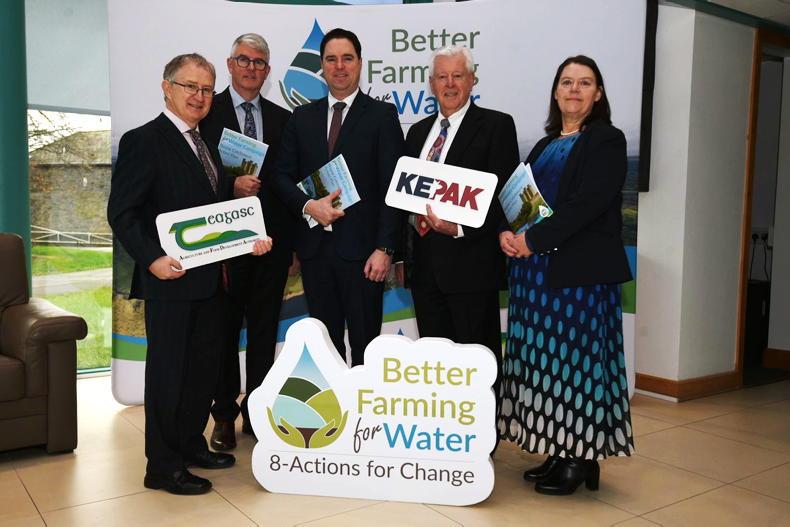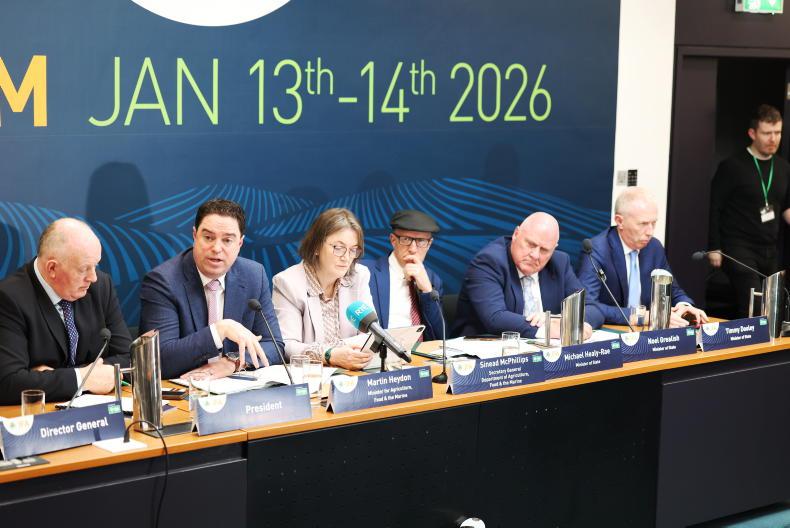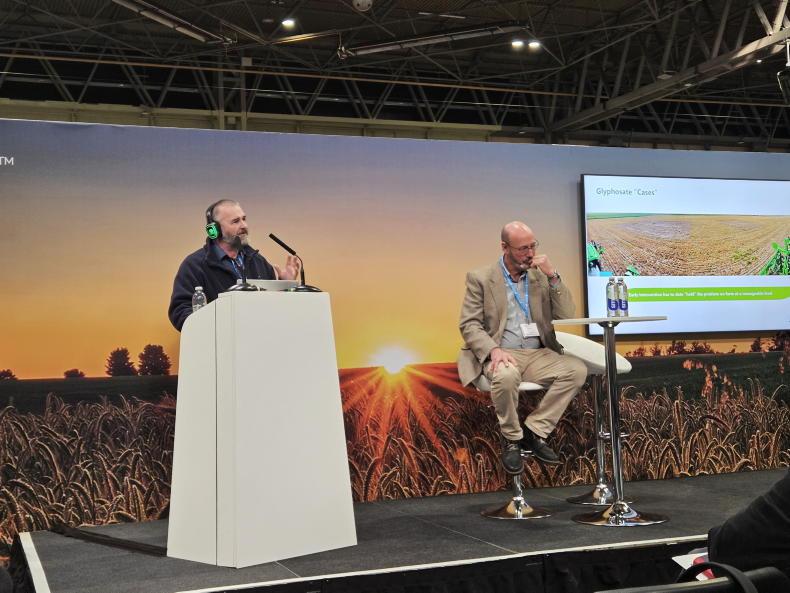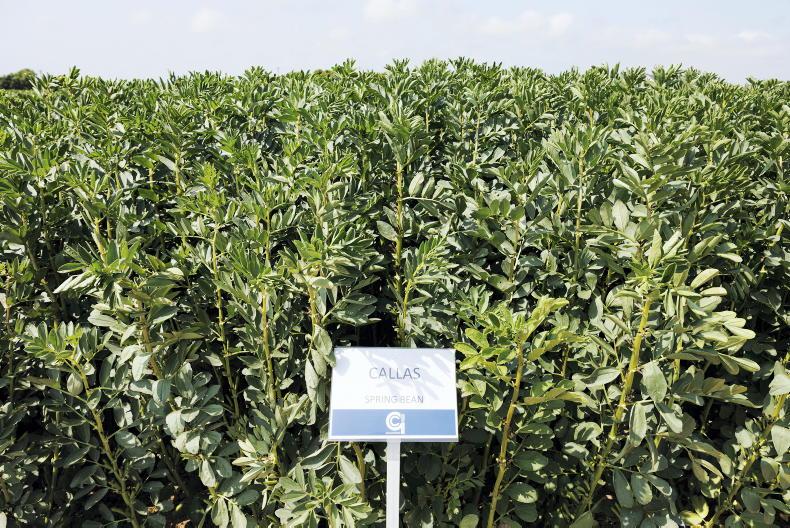In recent weeks, the Irish Farmers Journal has been travelling around the country with the CAP information series and one thing that has become apparent is the level of concern for tillage farmers.
The first audience member to speak at the very first meeting commented on the madness of the new CAP’s push for reduced production and outlined her concerns for the tillage sector, as farmers will lose huge amounts of money through convergence.
This trend was set to continue. Tillage farmers themselves made their feelings known in Carlow. In Tuam, farmers once again backed tillage. They asked: “what are tillage farmers going to do?”. “They can’t rent land anymore” was another statement.
Far removed
Often, tillage is far removed from people’s minds until a few bales of straw are needed, but now there is a fear from farmers that the straw won’t be there, that the tillage fields will decline in numbers and, of course, there is concern around feed and food security.
All of this is happening while the Minister for Agriculture continues to deliver lines about maintaining and increasing tillage area.
The farmers in Galway can see that the most likely scenario is a decline in tillage area. After all, if you lose thousands of euros in direct payments, paying for rented land becomes tricky, particularly as rental prices rise from dairy demand.
The Minister talks about ACRES. Tillage farmers are being told they won’t get into ACRES. Many aren’t even applying because they think they’ll lose their application fee.
Yet tillage, minimum tillage, direct drilling, whatever the case may be, holds so many solutions to agriculture’s problems. From cover crops and carbon storage to homegrown feed and food, the opportunities are endless.
Food security
We are not food secure in Ireland. We do not grow milling wheat at any large scale. We are only 60% self-sufficient in potatoes. We lost our sugar industry. We grow tiny amounts of protein for human consumption.
When heavy snow hit or COVID caused supply chain issues, we ran out of the basics – bread and flour.
Should we not be encouraging farmers to grow these crops and supporting industry to process them?
Tillage schemes
The Tillage Incentive Scheme (TIS) is not delivering for the majority of tillage farmers. The Straw Incorporation Measure is putting a base in the straw market, but is not bringing in a new income stream and, of course, it is helping to store carbon and to offset emissions. The Protein Aid Scheme is having a positive impact on area and will increase in CAP 2023.
All are positive, but they are not going to maintain or increase the area of tillage when CAP 2023 hits home. The payments will decline and 2023 will be a difficult year for tillage and all sectors, as input costs look set to stay at high levels.
The 6% increase in tillage area, which was helped by the TIS, looks like it will be short lived. Much of that 6% area was under-sown with grass.
Tillage incomes are about to take dramatic drops at a time when land rents are on the rise, but set aside the bigger farms renting land and remember that a large majority of tillage farms are 30ha or so or less.
An example at those CAP meetings showed a 29ha farm with current entitlement values of €345 losing €5,290 in direct payments over the next five years of the new CAP and this farm will face stricter rotation requirements.
Many of these farms may not get into or apply for ACRES. These farms may be heading for part-time status.
The attendance at the CAP information series meetings fears for the future of tillage, perhaps the Minister should too.









SHARING OPTIONS